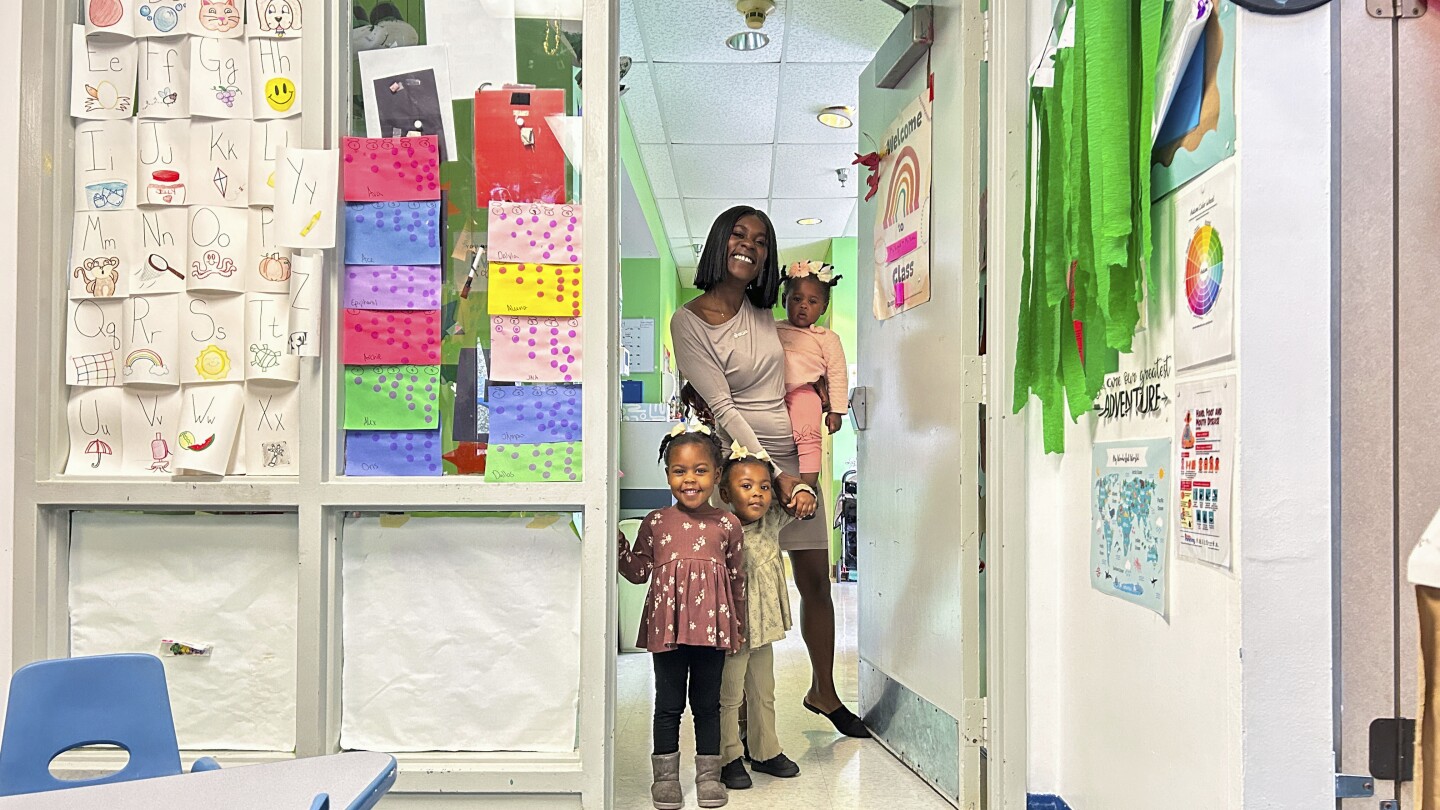…
Last year, New Orleans added more than 1,000 child care seats for low-income families after voters approved a historic property tax increasein 2022. The referendum raised the budget of the program seven-fold — from $3 million to $21 million a year for 20 years. Because Louisiana’s early childhood fund matches money raised locally for child care, the city gets an additional $21 million to help families find care.
New Orleans is part of a growing trend of communities passing ballot measures to expand access to child care. In Whatcom County, Washington, a property tax increase added $10 million for child care and children’s mental health to the county’s annual budget. A marijuana sales tax approved last year by voters in Anchorage, Alaska, will generate more than $5 million for early childhood programs.
The state of Texas has taken a somewhat different tack. In November, voters approved a state constitutional amendment that allows tax relief for qualifying child care providers. Under this provision, cities and counties can choose to exempt a child care center from paying all or some of its property taxes. Dallas was among the first city-and-county combo in Texas to provide the tax break.



I understand that labor costs are not the only costs. But over $10k per teacher is the low end and also numbers from three years ago. When we left a year ago, his tuition was $2300 after a 10% discount from my work. That was a classroom with 6 kids per teacher so likely over $14k revenue per teacher per month who still averages $3600/month. They did not do a great job with extra teachers since I recall him having to stay home a dozen times because of a lack of teachers. They were not even close to the most expensive. Bright Horizons charged about $3200 per infant three years ago. They definitely make healthy profit while paying their teachers very little in a high cost of living city.